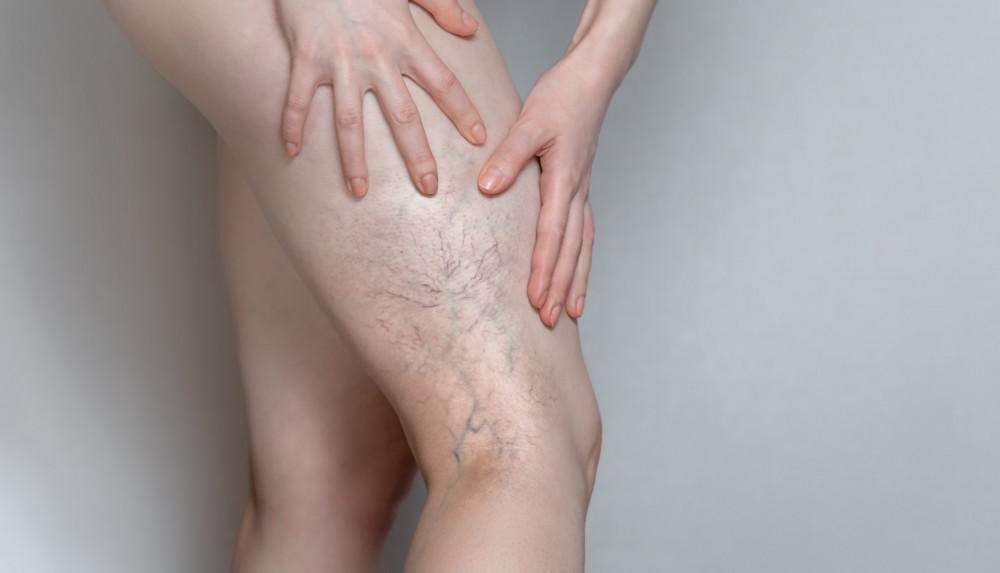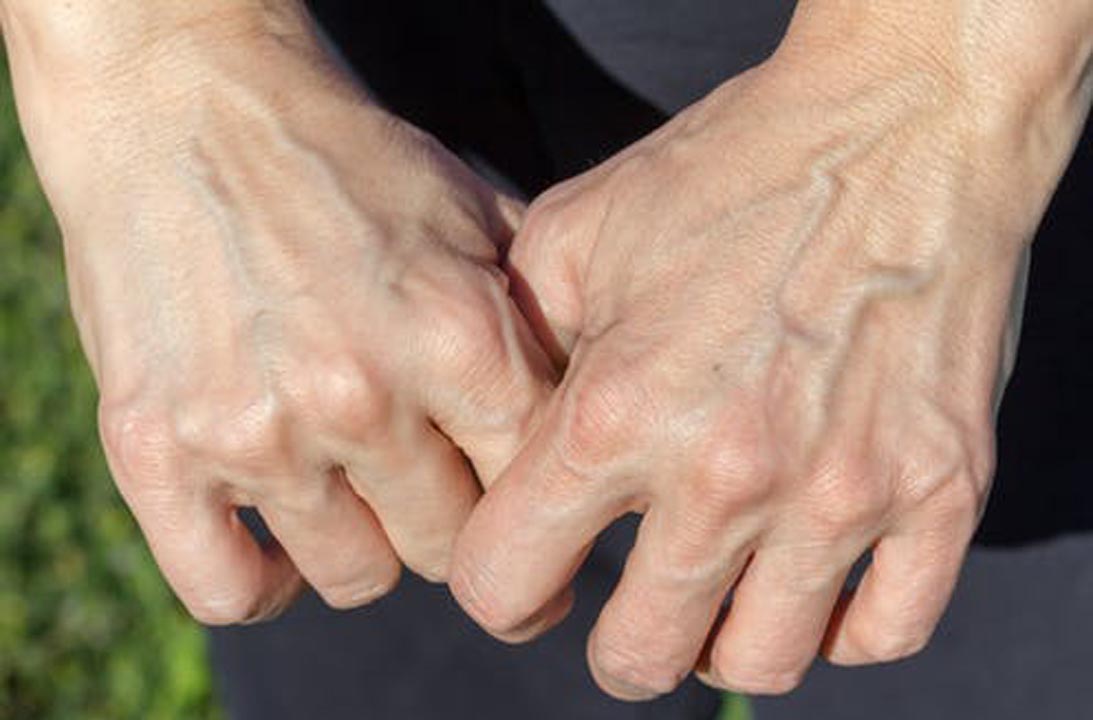Veins, a focal part of our circulatory system, carry the oxygen-depleted red blood back to a person’s heart for re-oxygenation. But the question is, why do my veins appear green if the blood is red? This condition may depend on your skin’s undertone, the amount of fat in your body, or your BMI. You don’t have to worry about the color of your veins; however, if they are bulging and becoming painful, this can also be an early sign of a common medical condition, i.e., venous insufficiency or vein disease.
Venous insufficiency:
This condition may prevail when your vein valves get damaged and become inefficient in pumping blood back to the heart. In such a scenario, the blood may flow backward, causing the blood to pool in your legs, and when this happens, varicose veins develop that appear as green lines.

You’re more likely to get this disease if you’re a female, over 50, pregnant, overweight, due to inheritance, hot weather conditions, smoking and drinking habits, hormonal changes, and family history or prolonged standing or sitting for hours.
Signs and symptoms:
- Leg cramps
- Open wound leg ulcers
- Heavy legs
- Fatigue
- Itching
- Burning
- Eczema
- Spider veins
If you experience these, you should consult a vein specialist to seek medical care. It is important to get it treated because it may lead to deep vein thrombosis or venous ulcers.
Treatment:
Vein physicians may offer various treatments to help you reduce these conditions. These may include Endovenous Laser Ablation Therapy, Varithena, Sclerotherapy, Ambulatory Phlebectomy, Conservative Therapy, etc. Other ways that can reduce green veins are
- Exercise
- Compression stockings
- Dietary changes
- Increasing the flavonoid consumption
- Non-restrictive clothing
- Keep the legs elevated
- Massage
- Keep moving the body




